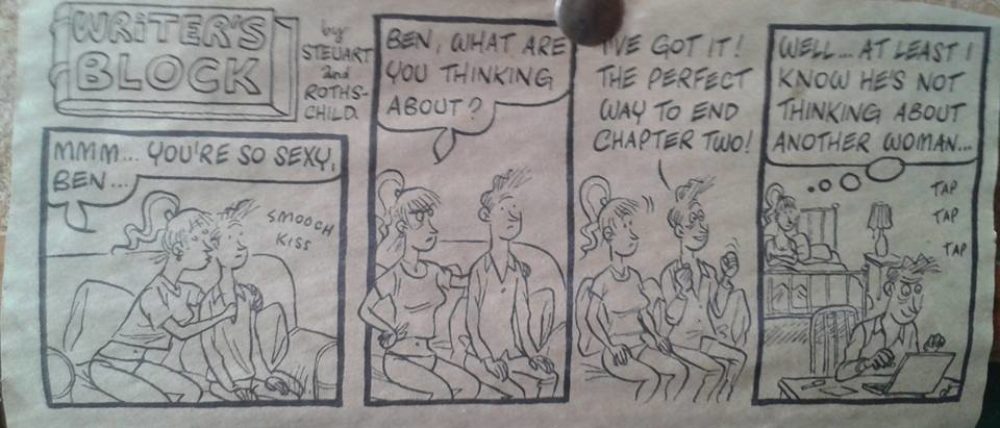 Morhelion, by Dominic Dulley (Jo Fletcher Books, 2019)
Morhelion, by Dominic Dulley (Jo Fletcher Books, 2019)
Morhelion can be read alone but it is also a direct sequel to Dulley’s debut novel, Shattermoon. Both books together give us a Stainless Steel Rat for the twenty first century, by someone who knows the source material well. We get both the jinks and the morality of an adventure by James Bolivar diGriz, and an awareness that the field of space opera has moved on in the nearly sixty years since the Rat made his debut. Thus our hero, Aurelia “Orry” Kent, may be a thief and a swindler but she is also strongly opposed to taking life; in fact this sentiment is shared by Dainty Jane, the heavily armed sentient starship she finds herself allied with. Meanwhile we are in a well thought-out universe where not all planets are comfortable Earth-analogues, and there’s enough flexibility to allow wonder and adventure, but enough regard for the laws of physics and other rules and constraints to limit our characters and mean that they can’t just turn on the Infinite Improbability drive and disappear. (In fact the constraints of the FTL system – essentially, hyperspace jumps justified by quantum physics technotalk – play part of the action; I especially liked the touch that there’s a checklist to run through before making a jump, and most people will need a sickbag at the ready for after.) The background to both books is a Ruritanian space empire, but whereas Harry Harrison would play it for laughs, Dulley is aware that even Ruritanians can be seriously dangerous. Shattermoon starts as a jape and turns very nasty, very quickly; Morhelion takes longer for things to go bad but that only ratchets up the tension, and they are just as serious when they do.
Both books follow a pattern, but it’s a good one so why not: Orry and people close to her are involved in a Slippery Jim-type heist that goes unexpectedly but quite logically wrong, with no sense that the author is just sticking a spanner in the works to create an adventure. The failed heist then segues through an unexpected series of events, seamlessly and with perfect logic and plot continuity, into Orry having to fight very hard to protect the empire she can’t stand. In Shattermoon this meant averting a pre-emptive strike against the imperial capital by xenocidal aliens. That war is still going on in Morhelion, but on the periphery, near enough to keep the empire occupied and far away enough for people to tend to forget about it. This is where we learn the aliens aren’t quite as monolithic, or indeed xenocidal, as previously thought.
Neither book has an entirely happy ending – a rigorous adherence to plot logic means Orry can’t have everything. In fact the only time the plot logic wobbles, a little, is when Orry is given a widget that will let her speak with the authority of the emperor – and promptly forgets to use it at least two times it could have been helpful, before it finally comes into its own.
Two closing thoughts, and one is about the title. Morhelion and Shattermoon are both locations in their respective novels. Shattermoon was much more significant to the plot and the background of the series. It is also, quite simply, a much better title: it makes you want to read more. If you haven’t read the book then Morhelion is … what? A non-descriptive word put in only to keep to a theme.
On a more positive note, Morhelion is touted unobtrusively as The Long Game, book 2. This isn’t a phrase that appears significantly in this or in the first book. The suggestion is that Dulley is playing a long game himself: no doubt the books will stack up to a satisfactory series in their own right, but meanwhile they can be enjoyed on a one-by-one basis.
